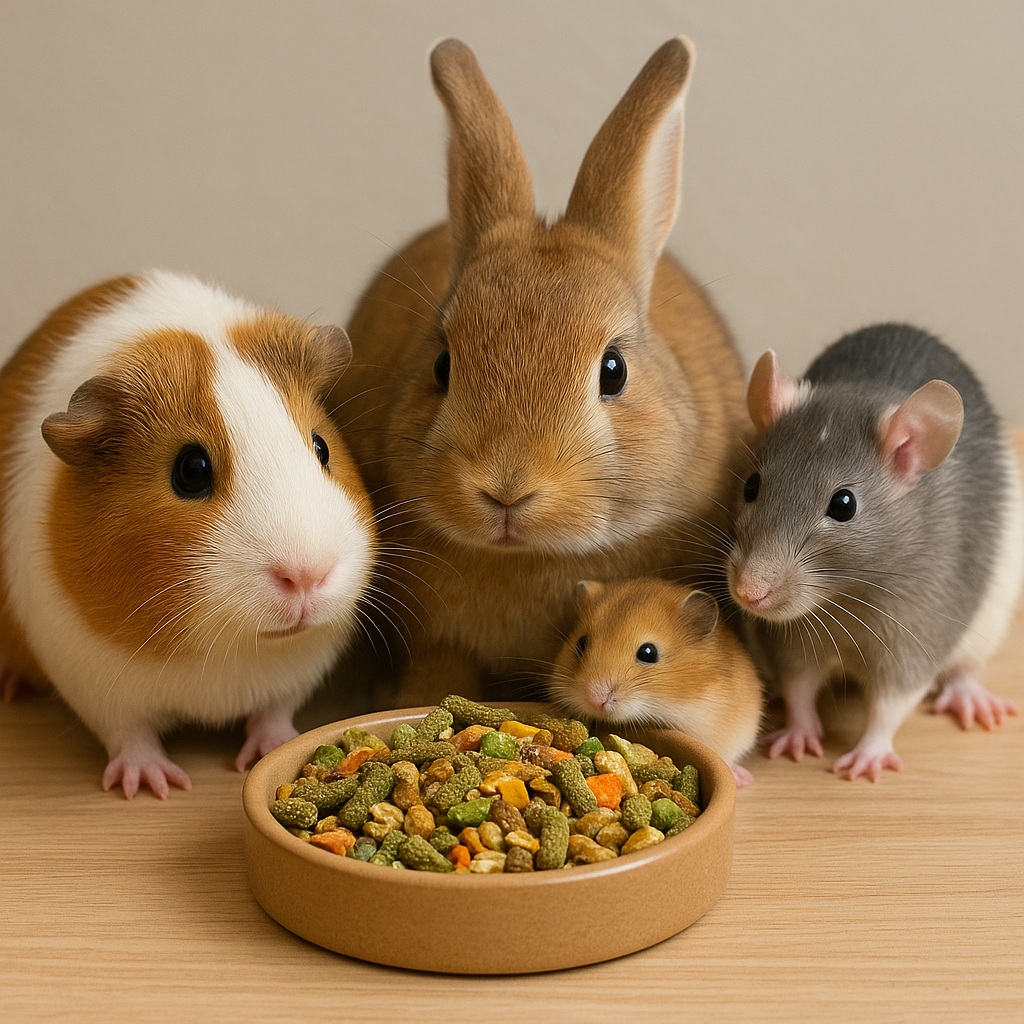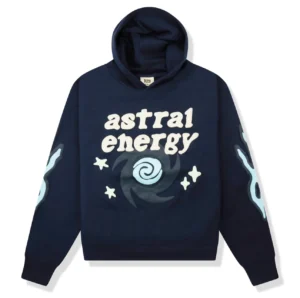
When it comes to caring for your small furry companions—whether it’s a rabbit, guinea pig, hamster, gerbil, or ferret—food for small pets is not just a matter of filling their bowls. It’s about providing them with nutrition that supports a long, healthy life. In the USA, where pet ownership continues to rise, the demand for premium, vet-recommended small animal food is skyrocketing. As pet parents, understanding what makes a diet safe and beneficial is key to keeping your tiny friends thriving.
Why Choosing the Right Food for Small Pets Matters
Small animals’ digestive systems are delicate. They require specific nutrients in precise proportions, which differ based on the species. While dogs and cats have plenty of nutritional products tailored to their needs, small animals often get overlooked. Feeding them improper food can lead to digestive issues, malnutrition, obesity, or worse.
Choosing the right food for small pets ensures:
- Proper growth and development.
- Healthy teeth and bones.
- Better immunity and longer lifespan.
- Reduced vet visits due to illness.
Understanding Species-Specific Nutrition Needs
Each small animal species has unique dietary needs. Here’s a quick breakdown:
Rabbits
- Need unlimited hay for digestion and dental health.
- Should have daily servings of leafy greens.
- Pellets are optional, but should be high in fiber.
Guinea Pigs
- Require a daily source of vitamin C (they can’t produce their own).
- Hay should be the staple of their diet.
- Fresh veggies and fortified pellets are essential.
Hamsters and Gerbils
- Need a balanced mix of seeds, grains, and occasional fruits.
- Overfeeding fatty seeds like sunflower can cause obesity.
- Chewable items are needed to prevent teeth overgrowth.
Ferrets
- Obligate carnivores require high protein and fat.
- Cannot digest plant matter well.
- Need meat-based kibbles or raw diets.
Each of these animals requires careful attention to avoid feeding mishaps that could lead to long-term health problems.
Vet-Approved Ingredients to Look For
Not all pet foods are created equal. Here’s what vets recommend you look for when shopping for food for small pets:
- High-fiber hay (like timothy or orchard grass) for herbivores.
- Fortified pellets without added sugars or artificial colors.
- Omega fatty acids, especially for fur and skin health.
- Natural ingredients with no fillers or preservatives.
- Meat-based protein for carnivorous pets like ferrets.
Avoid foods with:
- Artificial dyes.
- High sugar content.
- Corn or soy is the primary ingredient.
- Treat mixes with colorful bits that are nutritionally empty
Popular Vet-Recommended Brands in the USA
In recent years, the USA market has responded to the demand for better small animal food options. Some top-rated brands based on veterinary feedback include:
- Oxbow Animal Health – Highly recommended for rabbits and guinea pigs. Their products are hay-based and fortified.
- Mazuri – Offers a wide range of lab-quality small pet diets for hamsters, ferrets, and more.
- Science Selective – Vet-approved formulas that are species-specific and nutritionally balanced.
- Marshall Pet Products – Known for high-protein ferret foods with proper meat-based nutrition.
These brands prioritize health over marketing gimmicks and are often backed by veterinary nutritionists.
USA-Based Trends in Small Animal Nutrition
✳️ Recent Market Growth
According to Packaged Facts, the small pet product industry in the USA is expected to grow by over 5% annually, driven by increased pet ownership and awareness of pet health.
✳️ Sustainability in Pet Food
Many USA brands are moving toward sustainable ingredients and eco-friendly packaging. Pet parents are more conscious of their purchases, favoring companies that align with animal welfare and environmental ethics.
✳️ Functional Treats Are on the Rise
Beyond just snacks, treats now offer functional benefits—like hairball control, digestive support, and added vitamins. They’re especially popular among guinea pig and rabbit owners.
Signs You’re Feeding the Wrong Food for Small Pets
If your pet exhibits the following symptoms, you might be using the wrong food:
- Soft or runny stool.
- Lethargy or hyperactivity.
- Overgrown teeth (especially in rodents).
- Hair loss or flaky skin.
- Sudden weight changes.
- Refusing to eat certain parts of their food mix.
If you notice these signs, consult your vet immediately. They may recommend switching to a more appropriate food for small pets based on the species and life stage.
Homemade Food: Is It Safe?
Many pet parents wonder if homemade diets are better than commercial small animal food. While making your pet’s food may seem like a healthy alternative, it can actually be risky unless overseen by a vet.
Pros:
- Full control over ingredients.
- No artificial additives.
- Can be tailored to preferences.
Cons:
- Risk of nutrient deficiency.
- Time-consuming to prepare.
- Difficult to balance for small species.
Verdict: Commercial vet-approved diets are generally safer and more balanced unless guided by a professional.
Feeding Guidelines Based on Life Stage
Young Animals (Growth Phase)
- Higher protein and calcium requirements.
- Should be fed more frequently.
- Avoid treats unless recommended by vets.
Adults (Maintenance Phase)
- Stable portion sizes.
- Focus on fiber and balanced nutrients.
- Moderate treats.
Seniors
- May need soft food or added supplements.
- Monitor weight and energy levels.
- Hydration becomes more important.
Feeding amounts vary by species and weight. Always check the manufacturer’s guide and your vet’s input.
How to Introduce New Food Safely
Transitioning to a new diet too quickly can upset your pet’s stomach. Here’s how to do it right:
- Mix 25% of new food with 75% old food for 2–3 days.
- Gradually increase the new food over 7–10 days.
- Watch for digestive changes or food refusal.
- Keep hydration levels high during transition.
Storing Small Animal Food Properly
Pet food storage impacts freshness and nutrient preservation. Use these best practices:
- Store in a cool, dry place.
- Keep food in airtight containers.
- Avoid exposure to sunlight.
- Don’t mix old food with new.
Good storage habits can extend the shelf life and keep your pet’s meals safe.
Tips for Picky Eaters
Sometimes, pets become selective eaters. Here’s how to help:
- Avoid over-relying on sugary or fruity treats.
- Try warming the food slightly to enhance smell.
- Offer food at consistent times each day.
- Avoid table scraps, as they form bad habits.
You can also sprinkle a bit of water or veggie broth (if species-safe) to soften pellets or enhance flavor.
The Importance of Hydration
Hydration is just as important as food for small pets. Many small animals are prone to dehydration, especially in dry indoor climates.
Tips:
- Use water bottles with metal spouts.
- Change water daily.
- For some pets (like guinea pigs), adding wet veggies helps.
- Watch for signs of dehydration: sunken eyes, dry gums, lethargy.
Travel Tips: Feeding on the Go
When traveling with your small pet:
- Pack enough small animal food for the duration.
- Stick to the same brand and formula.
- Bring portable water and feeding tools.
- Avoid feeding new treats while traveling.
- Use hay travel packs or pellet zip bags.
Comfort foods during travel can ease stress and support digestion.
How to Read a Small Pet Food Label
Reading labels is essential to avoid misleading marketing. Here’s what to focus on:
- First ingredient: Should be hay, meat (for carnivores), or whole grains.
- Guaranteed analysis: Shows protein, fiber, and fat percentages.
- Expiration date: Always check.
- AAFCO/Nutritional compliance: Look for approval where available.
- Additives: Avoid if not necessary.
5 FAQs on Food for Small Pets
Q1. What is the best food for small pets like guinea pigs?
Guinea pigs need high-fiber hay, fortified pellets, and vitamin C-rich veggies. They should avoid seed mixes or sugary treats.
Q2. How often should I feed small animals?
Most small pets benefit from daily feeding. Hay should be unlimited, and pellets should be portion-controlled based on species.
Q3. Can I give fruit as food for small pets?
Fruits should be occasional treats due to their high sugar content. Apples, strawberries, and bananas are safe in moderation for rabbits and guinea pigs.
Q4. Are pellets enough for small animal food?
No. Pellets should supplement a diet rich in hay and fresh produce. Ferrets may need meat or specialized kibble.
Q5. What should I avoid in food for small pets?
For herbivores, avoid foods with added sugar, dyes, corn fillers, and nuts/seeds. Always check ingredients carefully.
Final Thoughts: Choosing the Best Pet Supplies
Providing the best food for small pets is one of the most important ways to ensure your furry companion lives a long, joyful life. From proper nutrition and safe treats to informed label-reading and feeding routines, your commitment makes a big difference.
As the USA pet supplies market evolves, staying up to date with product trends, brand innovations, and expert advice ensures your small pet gets the very best. When you shop for small animal food, always opt for quality, safety, and species-specific formulas recommended by professionals.
For trusted USA-based pet supplies and food options, check out reliable retailers like KwikPets.com. These retailers offer curated selections tailored to every small animal’s needs.






